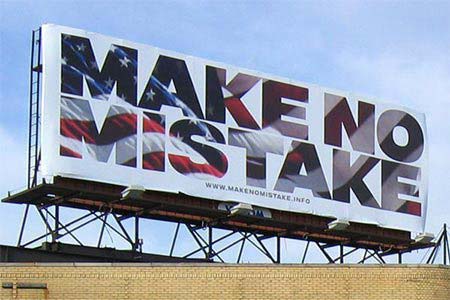You only need to step into any major market in the country to find yourself staring at suggestions and titles and images of all the shops that are relentlessly vying for your attention. The psychological impacts of banners and advertising are successful; but that’s not what I’m covering in this post. The material that is used to display these titles and ads is my topic of focus.
These boards – called Flex boards – are made of a material called poly vinyl chloride (PVC). The use of this material for manufacturing flex boards has been the major cause of concern for the National Green Tribunal of India.
“The Poison Plastic”

PVC is often dubbed as “poison plastic”. The material gained prominence in the 1960s during the development boom around the world. It is durable and flexible, making it highly suitable for various construction processes (nearly 70% of its demand is from the construction industry). Greenpeace was the first major organization to highlight of PVC’s negative environmental impacts. In fact, this nickname of poison plastic came from their first publication on the impacts of PVC titled “What is wrong with PVC?” in 1997. Here are some of the arguments against PVC:
- PVC is one of the largest source of dioxins in the world; a chemical that is harmful to living organisms. The toxins do not not break down in the environment, and that gets bioaccumulated in the food chain of ecosystems. It causes a variety of health problems, including in humans.
- PVC is made through oil extracts and chlorine.
- PVC is often disposed of in landfills. The additives to PVC get leached out of the land fill and enters the environment, through the soil or the groundwater.
- PVC itself is non-biodegradable, and can exist in the environment for many, many years.
- Substances called phthalates are added to PVC to make it flexible. Studies of animals show that some of these chemicals are may cause cancer, kidney and reproductive system damage (source).
- Incinerating PVC releases extremely dangerous gases into the atmosphere.
Can PVC be recycled?
Yes, it can. Recycling remains the best way to deal with the pollution problem PVC causes today. However, according to Greenpeace less than 1% of PVC in the world is recycled by manufacturers today.
Investment in new technologies that reduce the environmental impacts of PVC are increasing, and more and more research is being done by PVC manufacturers to make PVC less durable in the environment after it’s disposal.
But that’s in the future. What about now?
While the research continues, the problems that PVC cause here and now cannot be denied. In India, PVC is extensively used for the production of various objects. Flex boards have been singled out by the NGT. In a directive issued to the Ministry of Environment, Forests and Climate Change and all state governments in 2016, the NGT requested that PVC and other chlorinated plastics be phased out for making flex banners. It came out with another directive on November 16 2017, stating that within 2 months, all flex banners using PVC must be done away with. PVC-flex boards are banned.
This ban has not been effective in many states.
For example, in Kerala, close to 10 lakh square feet of PVC is printed everyday. And the manufacturers are reluctant to change the material to a safer alternative: polyethylene. Polyethylene incurs an additional cost of Rs. 2 per square feet, and seems to be the only reason for the opposition to this change. The machinery and process for the production for both PVC and polyethylene remain the same.
What could be the reason for this opposition?
People find it difficult to change habits. And there is also the fear of the unknown that comes from change. Manufacturers have seen the astounding success of PVC in the industry, not just for flex boards but also in construction material. The demand for PVC continues to rise because the industry wants the material. Alternatives, especially when you put it from an environmental perspective, seem to be hard to sell.
The solution to the flex board problem is to gradually phase out PVC and convince the local units to switch. The central government and the state governments are actively taking steps to make sure this happens.
The larger problem of PVC itself, however, remains to be solved. Will the world learn to live with a less effective but more environmental friendly alternative? Will technology come to the rescue and create a form of PVC that is environmentally sustainable?

You can also read:
